Choosing Windows for your Climate
Choosing the right windows for your climate is essential for ensuring comfort, energy efficiency, and durability. Different climates require different types of windows to best manage the local weather patterns and temperatures. Here's a guide to help you select the right windows for your home based on your geographic area.
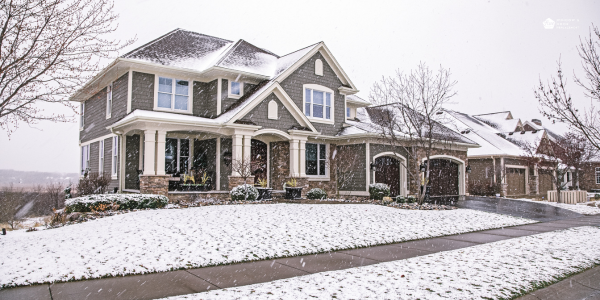
1. Cold Climates:
For those braving the winters in regions that are dusted with snow and frequently find temperatures plummeting, the choice of the right window becomes a linchpin for a warm and snug home. Ensuring that your sanctuary is a bulwark against the frosty bite of winter is not just about comfort, but also about energy conservation. Heat loss through windows can lead to skyrocketing energy bills and an uncomfortable chill throughout your living space. Therefore, in these icy locales, investing in windows that are champions of insulation and thermal retention is crucial. Look for windows with double or triple glazing filled with argon or krypton gas, as they offer higher resistance to heat flow (known as R-value). Frames made from vinyl, fiberglass, or wood with thermal breaks minimize heat loss and do not conduct cold as much as aluminum. In this section, we focus on the features that make windows suitable for frosty environments.
- Double or Triple Glazing: These windows have multiple layers of glass, which trap air and provide excellent insulation.
- Argon or Krypton Gas Fill: These inert gases are denser than air and provide better insulation when used in the space between panes in double or triple-glazed windows.
- Thermal Breaks: Look for frames with these features to prevent cold from passing through metal components.
- Energy Star Rating: Higher ratings for cold climates ensure better insulation properties.
- Low-E Coatings: These microscopically thin coatings are transparent and reflect heat, helping to keep it inside.
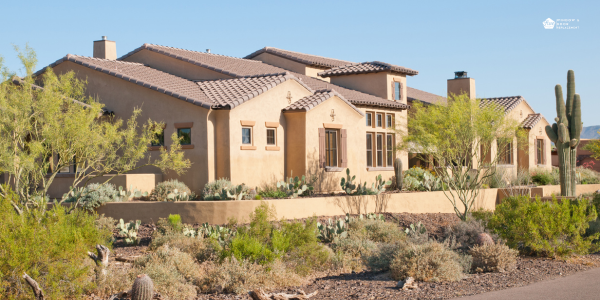
2. Warm Climates:
Basking in year-round sunshine might sound delightful, but it presents its own challenges when it comes to keeping a home cool and comfortable. In warmer southern climates, where the sun is a generous companion, the objective of window design shifts towards repelling the unwelcome heat. The blazing rays can penetrate homes, turning what should be an oasis into a sweltering greenhouse. In these sun-kissed areas, it’s essential to select windows that are adept at reflecting solar radiation and minimizing heat gain. This section explores how windows can be your first line of defense against the heat by reflecting solar radiation and reducing heat gain.
- Low Solar Heat Gain Coefficient (SHGC): Windows with a low SHGC rating are more effective at blocking unwanted heat.
- Reflective Glazing: Reflective coatings on glass can send solar rays back out, keeping the interior cooler.
- Tinted Glass: This feature helps in absorbing solar energy, reducing heat transmittance, and glare.
- Insulated Glass Units (IGUs): These units have multiple panes with a gas fill, which provides better insulation from heat.
- Window Frames: Non-metal frames like vinyl or composite materials are preferred as they are less heat conductive.
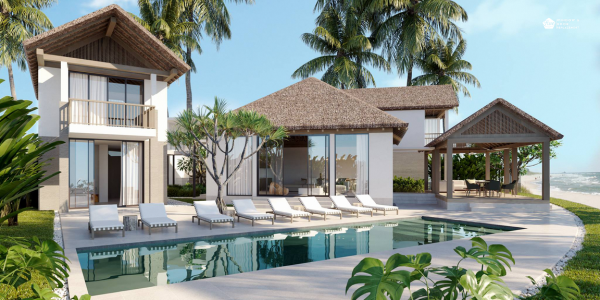
3. Coastal Climates:
Living near the coast has its own set of postcard-perfect perks, but it also comes with a unique environmental assault on homes, especially windows. The relentless salt in the sea breeze, the pervasive moisture, and the potential for storm-driven winds demand that windows in these regions are not just about views but also about resilience. Choosing the right windows in coastal areas means considering their ability to stand up to the elements while providing safety and energy efficiency. Let's explore how to combat the coastal challenges with windows designed to withstand the whims of the sea.
- Corrosion-Resistant Materials: Frames and hardware that resist the corrosive effects of saltwater and air.
- Impact-Resistant Glass: Designed to withstand flying debris during storms.
- Proper Seals: To protect against driving rain and sea spray.
- Stainless Steel Hardware: Resists rust and corrosion from salty air.
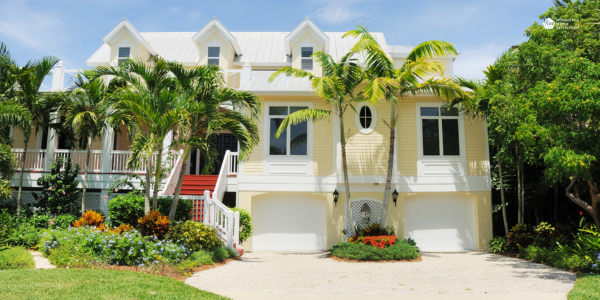
4. Humid Climates:
In areas where the air is often heavy with moisture, managing indoor humidity levels becomes a crucial aspect of home maintenance. Excessive humidity can not only lead to an uncomfortable indoor climate but can also contribute to long-term structural problems due to condensation and potential mold growth. Windows play a pivotal role in this balancing act, as they are often the cold surfaces where humidity condenses first. This section will guide you through choosing windows that help maintain a harmonious relationship with the local humid environment, ensuring that the moisture remains a natural comfort rather than a damp menace.
- Warm Edge Spacers: These spacers keep the edges of the glass warmer, reducing condensation.
- Ventilation Features: Windows that can be opened to allow for air circulation to help manage humidity.
- Moisture-Resistant Frames: Materials that can withstand high humidity without warping or rotting.
- Condensation Resistance (CR) Rating: Windows with a higher CR rating are better at reducing condensation.
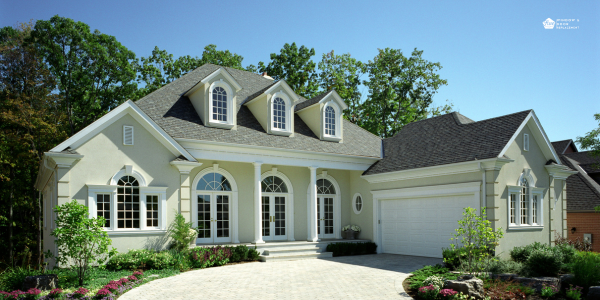
5. Mixed Climates:
Some regions don’t have the luxury of a consistent climate and are instead graced with a rollercoaster of weather changes — from searing heat waves to frigid cold snaps. Homes in such regions require a versatile approach to window selection, balancing the need for insulation against the cold with the ability to reduce heat gain during hot spells. It’s about striking a harmonious balance to cope with the fluctuations of the seasons. In this section, we’ll explore the window technologies and designs that insulate homes during cold periods and reduce heat gain during the hot months, adapting to the changing seasons with ease.
- Dual-Action Low-E Coatings: Coatings that can reflect interior heat back inside during winter and block solar heat during summer.
- Durable Frames: Materials that can endure the stress of thermal expansion and contraction without deforming.
- Weatherstripping: Quality seals that maintain performance in varying temperatures.
- Energy Efficiency Ratings: Looking for windows with good overall energy performance for both warm and cold seasons.
Weather windows
Selecting the right window for your climate not only increases comfort but also contributes to energy savings and reduces your carbon footprint. When choosing windows, always consider the local weather patterns, the orientation of your home, and the window's energy performance ratings. Consult with local experts and window suppliers who can provide insights into the best window solutions for your specific geographic area. Investing in the right windows upfront can lead to significant long-term benefits for your home and living environment.

